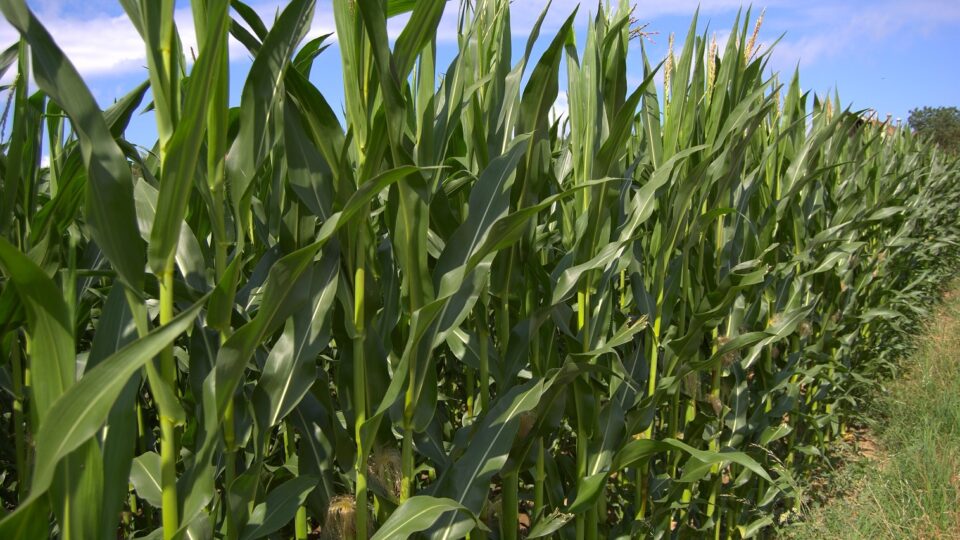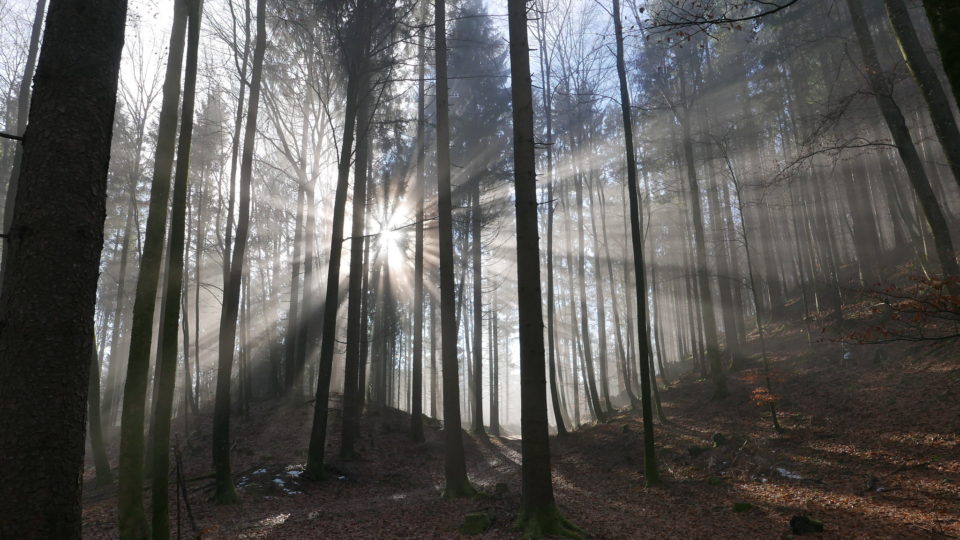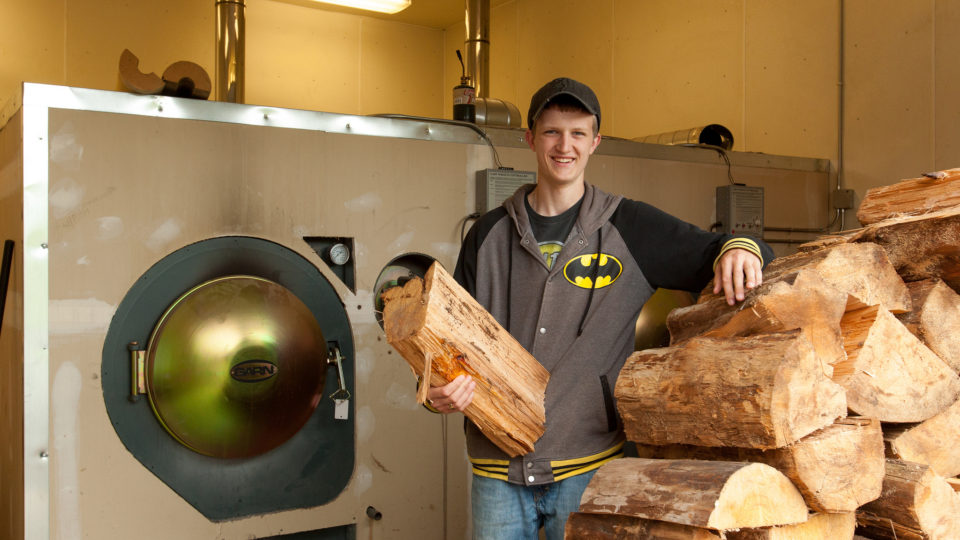In agriculture, double-cropping is the practice of growing two or more crops or commodities on the same piece of land in the same calendar year. In Brazil, grain production has increased more than fourfold between 1980 and 2016. The country now stands as the world’s largest exporter of soybeans and the second largest exporter of corn. There were two primary drivers of this increase in food production: cropland expansion and double-cropping.
Cropland expansion has long been recognized as a key driver behind the increase in Brazil’s agricultural output. But cropland expansion is also a threat to biodiversity by driving habitat loss, deforestation, and an increase in carbon emissions.
A new study recently published in the journal Nature Food quantified for the first time the impact that double-cropping had on helping Brazil achieve its tremendous growth in grain production. The international research team examined data from three key agricultural regions in Brazil: the Centre-West, Southeast-South, and Matopiba region. These three regions accounted for 79% of soybean production and 85% of corn production in 2016.
Soybean fields account for more than one third of Brazil’s cropland. While the increase in soybean production was largely a result of cropland expansion, the increase in corn production was a result of double-cropping.
Between 2003 and 2016, the study found that double-cropping in Brazil offset the equivalent of approximately 190 million acres of arable land for corn production. (This is more than twice the annual harvested area of corn in the United States).
Double-cropping represents a way to produce more food without clearing more land.
**********
Web Links
Photo, posted July 15, 2009, courtesy of Daniel Bauer via Flickr.
Earth Wise is a production of WAMC Northeast Public Radio.




